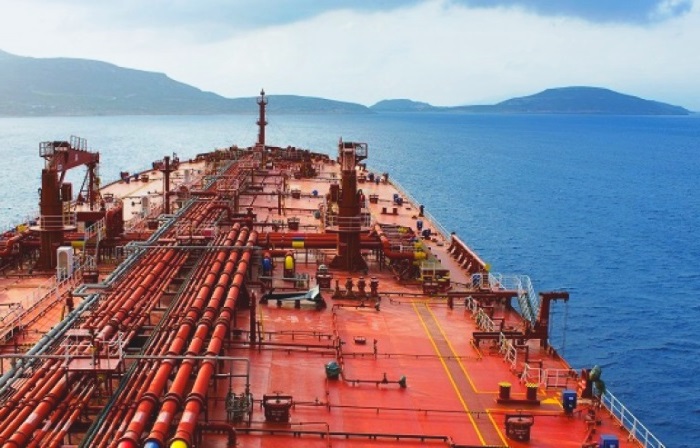The tanker market and most notably the larger sizes could benefit from higher production figures, but at things stand no such development is close to fruition. In its latest weekly report, shipbroker Gibson said that “this week, the Joint Ministerial Monitoring Committee (JMMC) of OPEC+ held a virtual meeting where they agreed to maintain current production levels. This comes after their announced output cut in October 2022 of 2 million bpd from Novemebr until the end of 2023; driven by concerns about the state of the global economy, the oil demand outlook and a subsequent drop in crude prices. In their latest Oil Market Report, the IEA estimates OPEC+ December crude production at 38.33 million bpd for those members in the current output cut deal which corresponds to 1.77 million bpd under target. At the time of writing, oil prices are trading below the symbolic $100/bbl level, while the supply and demand balance does not feel particulary tight and Russian crude exports remaining resilient despite the crude price cap. Whether OPEC+ should revise its current targets in 2023 for the time being remains uncertain. While the demand outlook seems more optimistic, this is far from guaranted”.
According to Gibson, “detering any further near term output cuts is the positive revision in the oil demand outlook for 2023. The IEA now expects global oil demand to increase by 1.9 million bpd in 2023, compared to a 1.7 million bpd forecast back in December. Whilst this revision is relativly minor in absolute terms, it signals that consensus expectations for further demand destruction may have begun to reverse, primarily off the back of growing optimism about Chinese demand in the post-zero-Covid policy era. While it will take time for the full return of China to the global oil market, it is likely that pent up Chinese economic activity and higher population mobility should improve demand going forward”.
The shipbroker added that “the same trend of improved demand optimism is also reflected in macroeconomic forecasts. The IMF have now revised up their outlook for 2023 growth to 2.9% (up 0.2% compared to their October report), again driven primarily by increased demand from China and India. However, US Federal Reserve rate hikes are keeping oil demand growth subdued across many importing nations”.
“Where the outlook becomes more complicated is in terms of market supply and the role of Russian crude exports. In terms of supply growth, 2023 is forecast to see a 1 million bpd increase but this assumes a 870 kbd decline in Russian output. If Russia cannot find a new export market for all of its refined product exports after the 5th February, this could result in lower refinery runs and higher crude exports, which may alter this forecasted output decline and support Russian crude exports. China and India have both been importing more Russian crude and both are likely to continue doing so for the foreseeable future. So long as Russian crude keeps flowing at a discount to non Russian grades, most extra short term demand growth could likely be met by Russian barrels, which would keep the overall market supply and demand balance under control”, Gibson said.
“Therefore this gives OPEC+ an opportunity to consolidate current production, while seeing how the full impact of Russian sanctions play out on the overall supply and demand balance of the market. Meanwhile in the crude tanker market, especially the VLCC sector, any futher output and exports would have been welcome amidst the current rate slump, but owners will have to wait until OPEC is ready to announce higher production targets, which may not realistically occur until Q2 or Q3 at the earliest, once the market is past the current short term uncertainty. Nonetheless, economic headwinds still persist and the extent of the fallout from Russian sanctions remains unkown, for now the best option may be to wait and see”, the shipbroker concluded.
Source: Hellenic Shipping News






